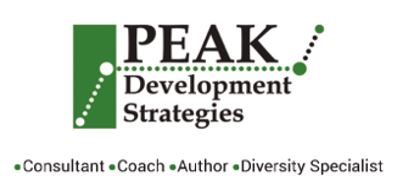Career growth is a lifelong process. But the organization cannot afford to wait 20 years or longer for newly-employed individuals to mature to top professional capacity. Typically, career maturity never arrives merely by waiting for it. Today’s needs demand immediate action. It makes sense, then, to use each person’s existing strengths to the fullest possible extent. The organization gains the immediate benefit of high productivity, and the employee experiences success.
Discovering everyone’s best qualities can be a complicated process. Talents and abilities are sometimes unrecognized even by one who possesses them. Develop a variety of techniques for discovering individual strengths:
Tests
Some qualities can be measured by tests, but others can be discovered only in practice. It is fairly easy to test objective knowledge and skills, but much more difficult to test such intangibles as attitudes, judgment, and motivation. Tests are valuable in identifying individuals with the foundation or training needed as a starting place for development of the special skills required by the organization. Tests, however, must be clearly designed to produce specific information, and they must be given and interpreted by a qualified administrator.
Interview
An employment interview is just the first of many possible interviews. Asking questions about job experience is an excellent tool for discovering what a person does best and enjoys most, as well as what new skills that individual might be able to learn. Periodic performance reviews are excellent opportunities for finding out more about people, inquiring about their desire for advancement, and hearing their ideas. Reviews indicate the direction of the team member’s personal development. Informed, perceptive listening is the key to learning about people. Interviews may range from a few odd minutes standing in the hallway to a structured meeting discussing a current project.
Observation
The most accurate tool for discovering the true qualities of people is observation. Watch what people choose to do first, which items are always completed on time, and which ones are always late. Notice what causes one person’s eyes to light up with interest while others groan audibly. See what people do with pride and care, and notice which projects are thrown hurriedly together. Observe personal interactions to identify natural leaders. Using each person’s leadership potential may call for some reorganization. It may demand reshuffling duties, areas of authority, and accountability. Some individuals will initially dislike the changes that trickle throughout the organizational structure when such realignment takes place, but the final result is profit — profit through more productive people, through systems that operate more smoothly, and through bottom-line impact.
Training for Growth and Renewal
Even though a team member has been selected and initial orientation provided, the task of training has just begun. People — like their attitudes, skills, and interests — are never static. They either grow and develop or stagnate and deteriorate. A person who is productive today will be producing substandard work five years from now unless regular and continuous learning takes place. This is true for people at every level of the organization.
As a leader of a learning organization, you have the responsibility to provide adequate training for continuous improvement in these areas:
- Knowledge and skills. Every field is changing. New methods, ideologies, and approaches are being developed daily. Be sure training addresses new knowledge and skills.
- Personal effectiveness. Time management, communication, and goal setting are personal effectiveness skills that can be sharpened by appropriate training.
Training may be informal or formal. It may take place in brief segments or a long, connected period. Training may be on-site or at another location. The type of training should fit the needs and personalities of the people involved.
Maintain a specific, ongoing training plan for each person under your leadership, and evaluate the effectiveness of the effort. When you know why training is needed and what results can be expected, you can plan realistically.

Recent Comments